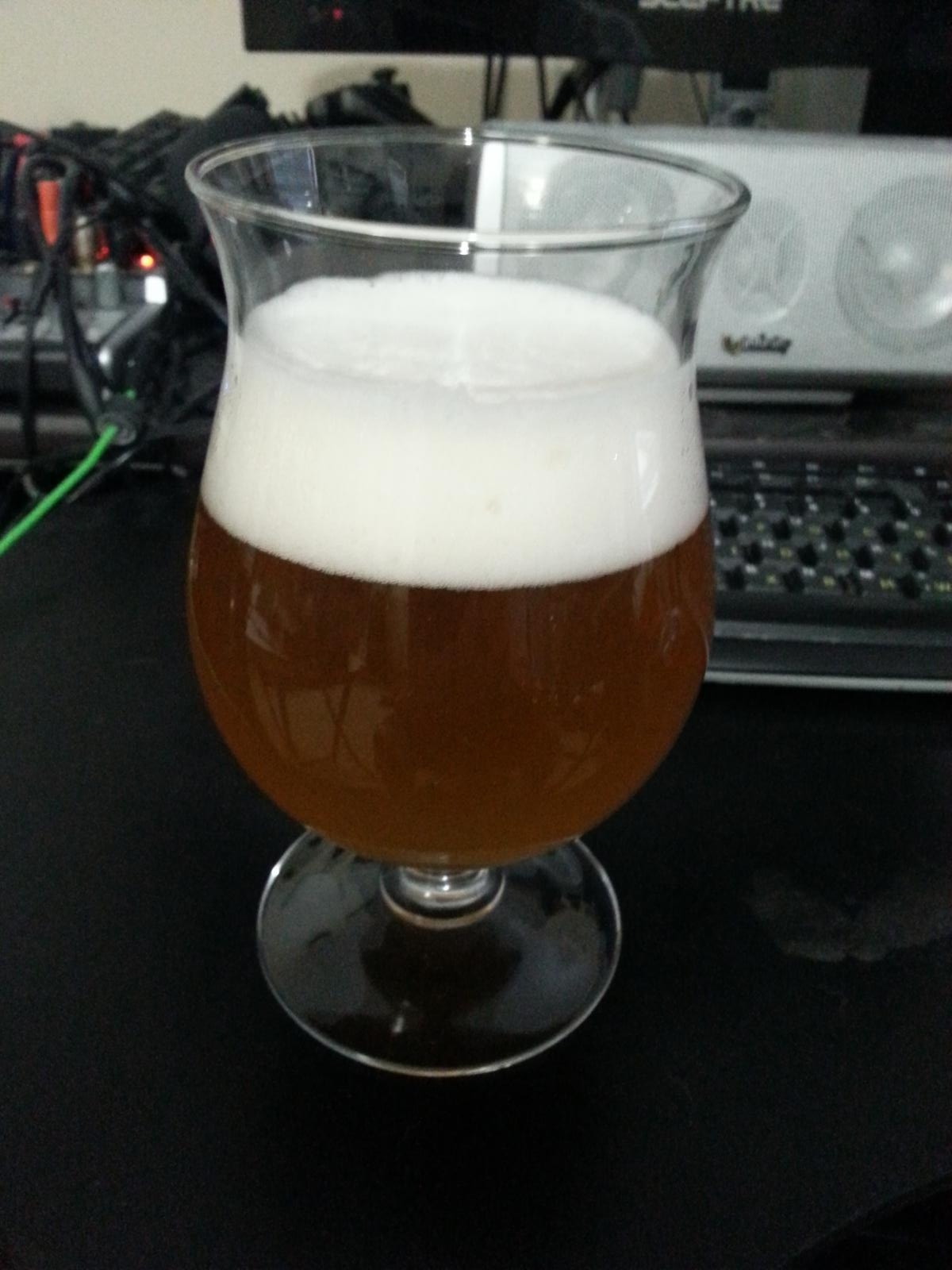It's not perfect, but it's tasty and potent.
Procedure: following Brew Like a Monk, I raised the temperature of the brew after the cold crash to 75F for a month. Then I placed the keg into my brew freezer at 50F for 3 weeks.
I have sampled this beer for the second time in two weeks. My verdict: patience and proper SG measurements are virtues. This beer is highly drinkable!
It's not a perfect Duvel clone. The SRM is darker. It is cloudier than I would like. Head retention, however is the best I've ever seen in a beer I've made. There is a strong clove flavor in it, moreso than I would like. It is slightly sweet, slightly hot, and it still has a very slight meaty undertone to it.
But, all things being equal, I consider this beer a success. I think my yeast choice contributed to the clove flavor, but I'm going to let it age out and see where the sweet spot is.
Anyway, that's my update. I just wanted to let the community know what became of this beer.
On the topic:
I am very glad I did not use amylase.




